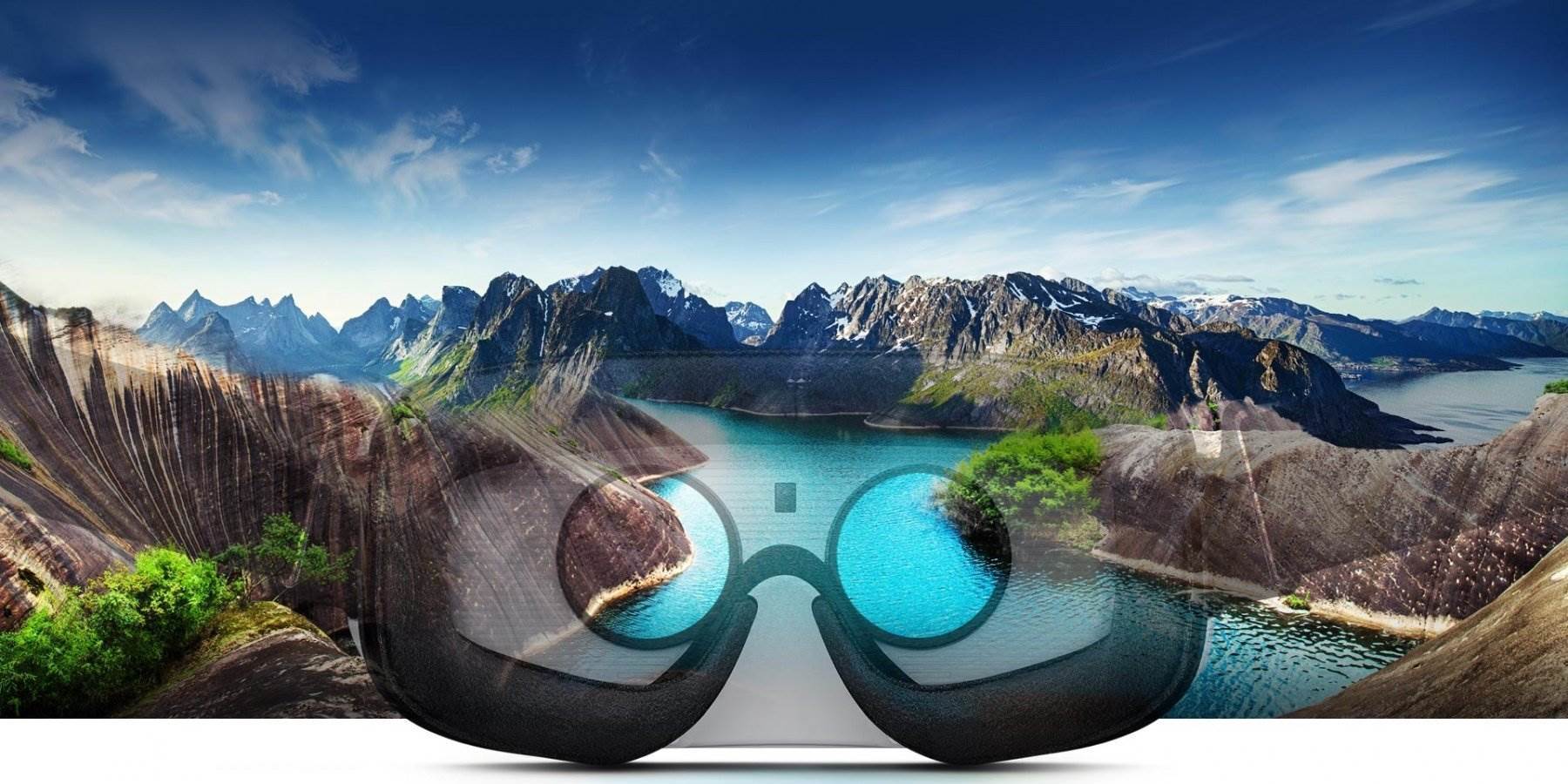You’ve seen it before. Whether it’s with an actual VR headset or just by moving your phone around like a crazy person, you have experience VR marketing. Facebook is lousy with videos which will only work properly on your phone. It’s a similar mentality to all those interactive adds. These videos are meant to create a stronger connection with the viewer. At the very least it’s a bit of fun and more interesting than a standard banner ad.
Something Like This. Image courtesy: thesharpagency.co.uk
However, there are other more developed versions of this kind of VR marketing. On Monday I attended a VR experience run by Fiji Airways. The concept there, which I wrote about, was giving Singaporeans a slice of life of Fiji life. Whether this will translate to more trips to Fiji is too soon to tell, but it does raise the question about using VR as a marketing tool. Is it effective? Are some better than others? I spoke to the creative head of Iris, the team behind the Fiji VR rehab clinic, to find out.
The hierarchy of VR Marketing

Image courtesy: Fiji Airways
Dean Reinhard, the Creative Technology Director in Asia Pacific for Iris, is a very passionate man. He firmly believes in the capabilities and possibilities of what Virtual Reality could provide for Creative Enterprises. He also strongly believes that choosing between simple 360 Video and a true VR experience, the latter is far more useful as a tool of marketing.

Check out how captured I was
“You get a much stronger emotional connection,” he says, speaking specifically about his program but also more generally about full VR experiences. He says that this is down to using headsets like the HTC Vive (utilized by the Fiji experience). Due to the larger processing power, fully interactive experiences can be created.

I never did this for an advert on YouTube.
It’s not just speculation. There are proven examples of how effective this can be. HBO, for instance, used virtual reality excellently as a promotion for Game of Thrones. However, while Iris’ program took you skydiving and scuba diving in Fiji, HBO took you to the top of the great Ice Wall. Of course, it’s not like Game of Thrones desperately needs promoting to get people to see it. However, getting that sense of emotional connection and space only helps build the brand.
So 360 Video is not worth it?

Image courtesy: viarbox.com
Reinhard points out that even 360 videos can be a useful tool. He mentions another program his company made for Emirates, a 360 tour of the plane. Reinhard said that the line went 30 to 40 metres for people to give it a try. “We initially made this program using just the standard 360, but we thought that this could benefit from a more interactive experience,” Reinhard explains.
He also says that making 360 videos is simpler in many regards. For example, it is much easier to disseminate and allow for wider outreach. While the Fiji VR Rehab was a fun piece of VR marketing, it’s limited by being only in one location. The experience is portable. Reinhard even told me a few of the locations he was taking the setup, but it’s still limited.

Not exactly fully mobile. Image courtesy: shiftvr.com
Another major issue of making full VR experiences, and that is cost. Iris’ Fiji experience was built from the ground up with Unreal 4. Furthermore, it runs on a custom built machine with specialised liquid cooling. Reinhard says that that was the expensive part but also a necessity, due to the delicate nature of the computer parts. It would be a disaster after all if a careless hauler dropped the machine and sent water pouring over the thousands of dollars of equipment.

This isn’t cheap. Image courtesy: gamecrate.com
There is also the issue of performance, which Reinhard says they had to pay very close attention to this. The program was relatively straightforward concerning player input (Reinhard explains that it would have been too complicated to explain for a five-minute experience). However, the Fiji Rehab is still a very resource intensive program. Any PC gamer will be familiar with the terrible problem of framerate drops, stuttering or graphics failures. Not a good look for a marketing company.
So which is best?

The future of marketing? Image courtesy: dialectinc.com
Reinhard says that choosing between 360 videos and a full VR experience depends on what you are aiming to achieve. Full VR will reach fewer people, but the connection will be longer lasting. 360 can be put on social media sites like Facebook and reach far more people, but will probably leave less of an impression.
VR is still a very new technology, and we are still pushing the boundaries of what we can achieve in it. Iris is one of many companies pushing the limits of what we can achieve regarding marketing capabilities. Will experiences like Fiji Rehab become commonplace in the future? Or is this going to remain a gimmick? This is impossible to say at this time. At least 360 is not going anywhere anytime soon.






![[Video] Samsung Teases ‘AI Home Experience’ Ahead of](https://loginby.com/itnews/wp-content/uploads/2025/03/1742985292_Video-Samsung-Teases-‘AI-Home-Experience’-Ahead-of-100x75.jpg)
